This Is How U.S. Auto Sales Volume Hit a Record High in 2015
Record new vehicle sales volume in 2015 was powered largely by growth in the SUV/crossover category and further strengthening by pickup trucks. Flat car sales and declining minivan volume served to impede U.S. auto sales growth.
Prior to 2015, consumers, businesses, and government agencies had not combined to purchase and lease more than 17 million new vehicles since 2001. With 17.47 million sales in 2015, year-over-year volume jumped 6 percent and total new vehicle sales soared 67 percent compared with 2009, when auto sales plunged to their lowest depths during the recession.
Utilities
While the SUV/CUV sector was undeniably strengthened by the addition of new nameplates, many of which wouldn’t have merited “SUV” status in the public consciousness when auto sales last climbed this high, numerous top sellers increased their level of dominance. The Toyota RAV4, Nissan Rogue, Ford Explorer, Jeep Cherokee, and Honda Pilot – all listed among America’s 15 most popular utility vehicles – grew faster than the SUV/CUV market average in 2015. The best-selling Honda CR-V, meanwhile, posted a 3-percent gain and broke its own annual sales record by 10,628 units.
That said, the newbies — Chevrolet Trax, Jeep Renegade, Honda HR-V, Fiat 500X, and Mazda CX-3, none of which generated any U.S. sales activity in 2014 — added 182,000 sales to the ledger in calendar year 2015. Their subcompact SUV/CUV class posted a collective 96 percent, year-over-year sales increase built in part due to their additional sales; in part due to growth of established models.
On the flip side, subcompact cars, never a supremely high-volume category in the United States, tumbled 6 percent in 2015. America’s most popular car in 2015 continued to be the midsize Toyota Camry, a nameplate which has now topped the passenger car leaderboard in 14 consecutive years. (The CR-V’s SUV leadership dates back to 2012.)
Trucks
Pickup truck sales were further bolstered in 2015 by greater availability of the new Chevrolet Colorado and GMC Canyon, midsize pickups which arrived late last year. The Toyota Tacoma is still America’s best-selling non-full-size truck, but even the Tacoma sales increased as the competition for midsize truck buyers increased in 2015. The sub-category’s total volume jumped 41 percent and the Tacoma, Colorado, Nissan Frontier, Canyon, and Honda Ridgeline combined for 14-percent market share, up from 11 percent in 2014.
Truck-centric even without the addition of 114,507 Colorado and Canyon sales to the company’s U.S. sales tally, GM was even more so in 2015. The best-selling automaker in America reported a 5-percent overall sales increase in 2015 as the company’s four pickup truck lines contributed 30 percent of the volume thanks to the foursome’s 25-percent volume increase in 2015. GM’s other products combined for a 2-percent decrease. Obviously, GM is nothing like the force it was in the pre-recession era — GM owned 24 percent of the U.S. market as recently as 2007 — but the company’s market share in 2015 was just south of stable, slightly below 18 percent.
The maker of America’s best-selling vehicle line is also America’s best-selling new vehicle brand. Ford has led all brands for six consecutive years. In 2015, Blue Oval car sales slipped marginally, but utilities, trucks, and commercial vans propelled the Ford brand to a 5-percent increase.
GM leading all manufacturers, Ford topping all brands, the F-Series and Camry and CR-V on top — these are all entirely conventional elements of the U.S. auto industry. Hints of autonomous driving were more prevalent over the last year, from increasingly common lane keeping assist systems to more frequent installation of pre-collision systems. Though autonomy captures much of the public’s attention, the biggest technological advancement story evidenced by U.S. auto sales figures in 2015 may not have been an advancement at all. Volkswagen’s so called TDI Clean Diesels weren’t so clean after all. Following the eruption of the scandal in mid-September, Volkswagen couldn’t sell any of the vehicles that typically accounted for one-fifth of the brand’s volume in America. Already struggling before news of dirty TDIs broke, Volkswagen volume fell flat in an incentive-laden October; plunged 25 percent, a loss of nearly 8,000 sales, in November; and fell 5 percent in December.
Losers
Americans registered more new vehicles in 2015 than at any point in history. This certainly doesn’t mean the list of losers isn’t a long one. Smart, Bentley, Dodge, Maserati, Jaguar, Fiat, Scion, and Buick all joined Volkswagen on the list of brands which sold less often in 2015 than in 2014.
Timothy Cain is the founder of GoodCarBadCar.net, which obsesses over the free and frequent publication of U.S. and Canadian auto sales figures. Follow on Twitter @goodcarbadcar and on Facebook.
More by Timothy Cain
Latest Car Reviews
Read moreLatest Product Reviews
Read moreRecent Comments
- Lorenzo This car would have sold better if there was a kit to put fiberglass toast slices on the roof.
- Lorenzo The Malibu is close to what the 1955 Bel Air was, but 6 inches shorter in height, and 3 inches shorter in wheelbase, the former making it much more difficult to get into or out of. Grandma has to sit in front (groan) and she'll still have trouble getting in and out.The '55s had long options lists, but didn't include a 91 cubic inch four with a turbo, or a continuously variable transmission. Metal and decent fabric were replaced by cheap plastic too. The 1955 price was $1765 base, or $20,600 adjusted for inflation, but could be optioned up to $3,000 +/-, or $36,000, so in the same ballpark.The fuel economy, handling, and reliability are improved, but that's about it. Other than the fact that it means one fewer sedan available, there's no reason to be sorry it's being discontinued. Put the 1955 body on it and it'll sell like hotcakes, though.
- Calrson Fan We are already seeing multiple manufacturers steering away from EVs to Hybrids & PHEVs. Suspect the market will follow. Battery tech isn't anywhere close to where it needs to be for EV's to replace ICE's. Neither is the electrical grid or charging infrastructure. PHEV's still have the drawback that if you can't charge at home your not a potential customer. I've heard stories of people with Volts that never charge them but that's a unique kind of stupidity. If you can't or don't want to charge your PHEV then just get a hybrid.
- AZFelix The last time I missed the Malibu was when one swerved into my lane and I had to brake hard to avoid a collision. 1 out of 5⭐️. Do not recommend.
- 2ACL I won't miss it; it was decent at launch, but in addition to the bad packaging, GM did little to keep it relevant in the segment. I'd prefer that another domestic automaker doesn't just give up on the mainstream sedan, but unlike some of Ford's swan songs, the Malibu made an indifferent case for why they should live.



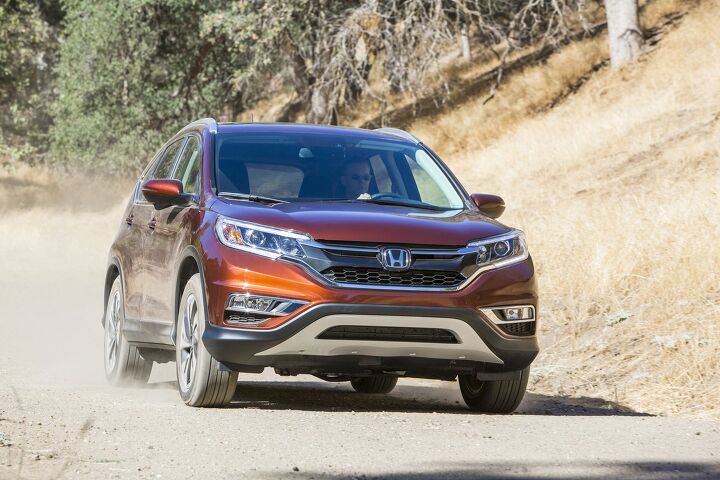
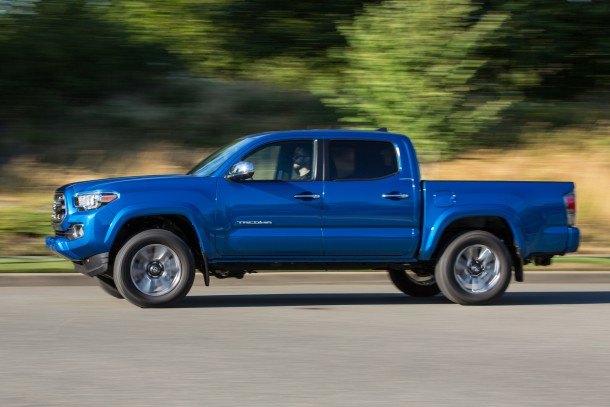
















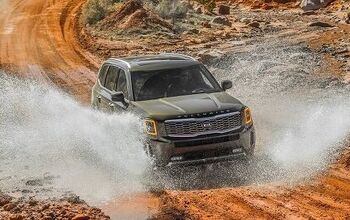
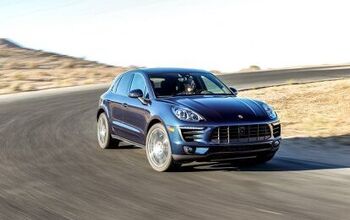

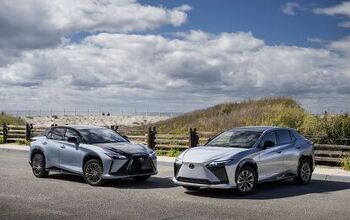
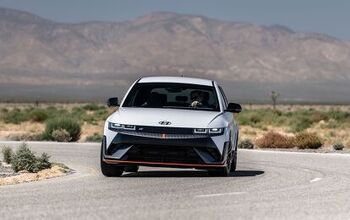
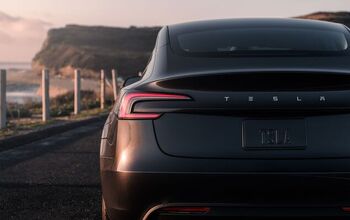
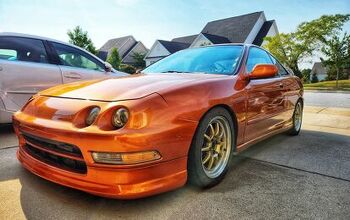
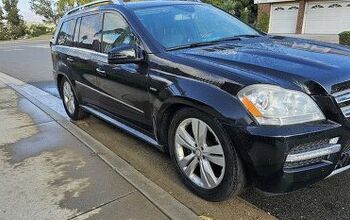
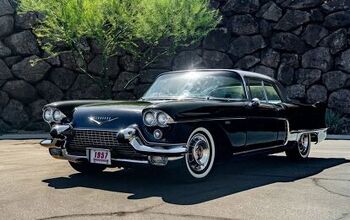
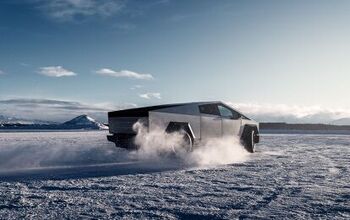

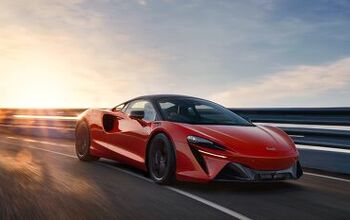

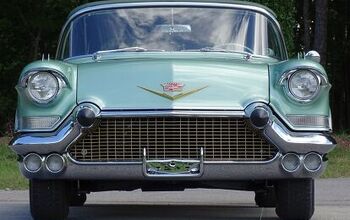

Comments
Join the conversation
The total number of vehicles sold in 2016 isn't spectacular as is promoted by the press. I do think over 20 million would be worth all of the back slapping. Modern vehciles are also more reliable than vehicles in the past. Cheap and creative lending instruments for the consumer has also helped. If the US economy was in better shape I wonder what could of been sold?
I would be really interested in the answer to this: What percentage of new vehicles were sold for cash, or 36 - 48 month terms to people with good credit vs. what percentage were sold with terms of 60 months plus and/or to people with poor credit?